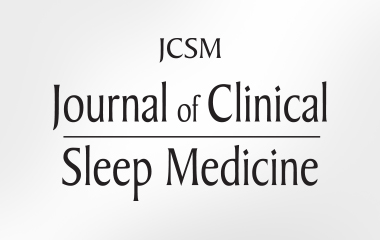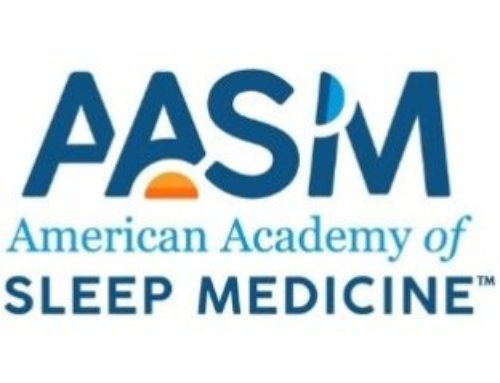These articles that have been published in the Journal of Clinical Sleep Medicine in 2018 received the most online pageviews from Jan. 1 – June 30:
1. Medical Cannabis and the Treatment of Obstructive Sleep Apnea: An American Academy of Sleep Medicine Position Statement
Medical cannabis and synthetic marijuana extracts should not be used for the treatment of obstructive sleep apnea, according to a position statement from the American Academy of Sleep Medicine (AASM).
2. Position Paper for the Treatment of Nightmare Disorder in Adults: An American Academy of Sleep Medicine Position Paper
A variety of treatment options may be effective for nightmare disorder in adults, according to a position paper from the American Academy of Sleep Medicine (AASM).
3. Consumer Sleep Technology: An American Academy of Sleep Medicine Position Statement
According to a position statement from the American Academy of Sleep Medicine (AASM), consumer sleep technology must be cleared by the Food and Drug Administration (FDA) and rigorously tested if it is intended to diagnose or treat sleep disorders.
4. Nonadherence to CPAP Associated With Increased 30-Day Hospital Readmissions
Nonadherence to CPAP is associated with increased 30-day all-cause and cardiovascular-cause readmission in patients with OSA.
5. Comparing the Efficacy, Mask Leak, Patient Adherence, and Patient Preference of Three Different CPAP Interfaces to Treat Moderate-Severe Obstructive Sleep Apnea
The CPAP adherence did not differ between the three different mask interfaces but the residual apnea-hypopnea index was lower with nasal mask than oronasal mask (and patients reported greater mask comfort, better sleep, and overall preference for a nasal mask.
6. The MSLT is Repeatable in Narcolepsy Type 1 But Not Narcolepsy Type 2: A Retrospective Patient Study
In a clinical setting, a positive Multiple Sleep Latency Test for narcolepsy is a more reproducible and stable feature in narcolepsy type 1 than narcolepsy type 2.
7. Adherence to Positive Airway Therapy After Switching From CPAP to ASV: A Big Data Analysis
Treatment-emergent or persistent central sleep apnea during continuous positive airway pressure (CPAP) reduced therapy adherence, but adherence improved early after switching from CPAP to adaptive servoventilation (ASV).
8. Acetazolamide Reduces Blood Pressure and Sleep-Disordered Breathing in Patients With Hypertension and Obstructive Sleep Apnea: A Randomized Controlled Trial
Acetazolamide reduced blood pressure, vascular stiffness, and sleep-disordered breathing in patients with OSA and comorbid hypertension.
9. Predictors of Side Effects With Long-Term Oral Appliance Therapy for Obstructive Sleep Apnea
For long-term treatment with oral appliances, the risk of dental side effects should be considered, such as a reduction in overjet.
10. Neurobehavioral Impairment and CPAP Treatment Response in Mild-Moderate Obstructive Sleep Apnea
Patients with mild to moderate obstructive sleep apnea have significant neurobehavioral morbidity.
Read the current issue of the Journal of Clinical Sleep Medicine, which is the official publication of the American Academy of Sleep Medicine.





